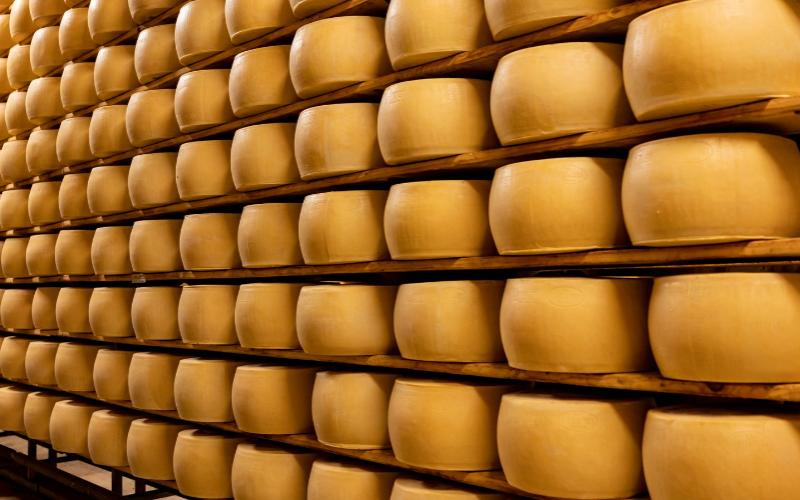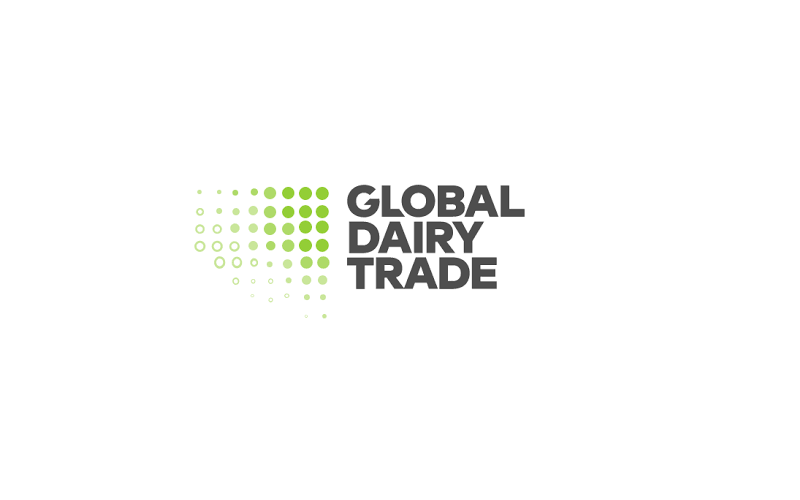US Surplus Cheese Stockpiles Reach 635 Million Kilograms Amidst Market Dynamics

The United States government has amassed a significant reserve of cheese, totaling approximately 635 million kilograms, stored in underground limestone mines known as 'cheese caves'. This stockpile includes varieties such as cheddar, Swiss, and American cheese. The origins of this surplus trace back to the 1970s, when federal interventions were introduced to stabilize the dairy industry, following sharp inflation and shortages. President Jimmy Carter's administration injected $2 billion into the sector, leading to overproduction.
By the early 1980s, the government had accumulated about 227 million kilograms of cheese, distributed across over 150 warehouses in 35 states. Public criticism during economic hardship prompted initiatives to distribute excess cheese to nonprofits. Despite these efforts and a subsequent reduction in government purchases in the 1990s, cheese reserves swelled again by 2016, reflecting over 600 million kilograms in storage.
These reserves are maintained in the stable environments of limestone mines, posing logistical challenges and ongoing costs. The cyclical nature of dairy overproduction, driven by fluctuating market demands and seasonal production surges, continues to contribute to this situation. This has prompted industry leaders to explore new consumption strategies to mitigate surplus.
Concerns also arise regarding the environmental implications of dairy farming, particularly methane emissions from cattle. As domestic dairy consumption patterns shift, the need for innovative approaches to balance supply and demand becomes increasingly pertinent.











